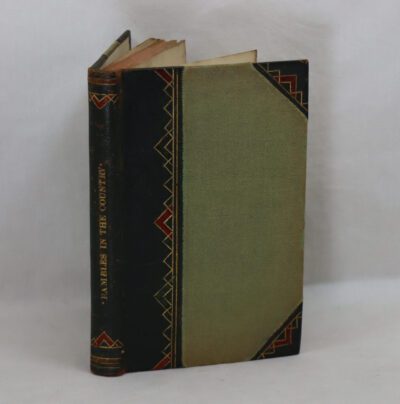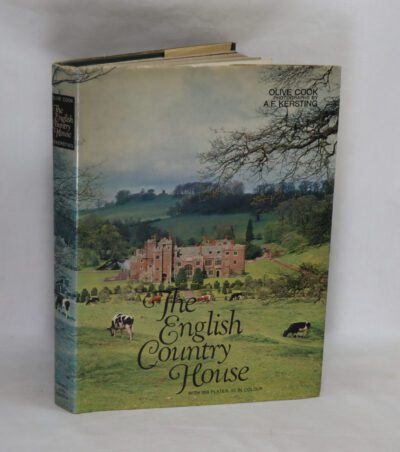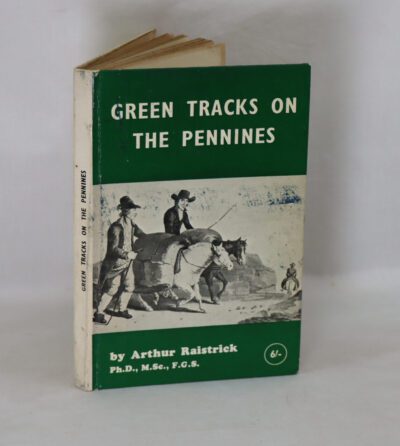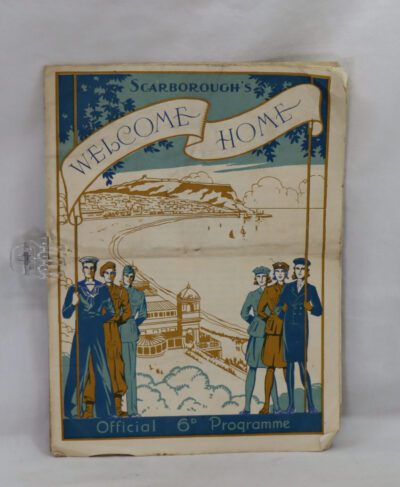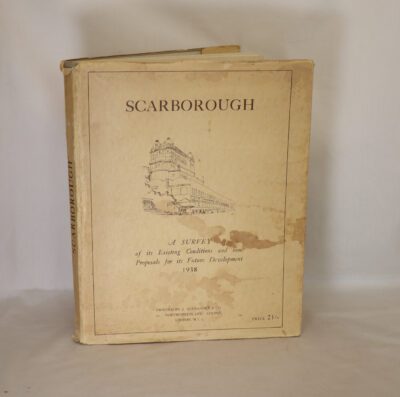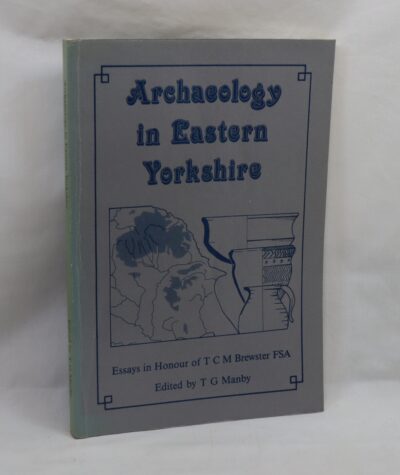A Picture of Whitby and It's Environs.
By Rev George Young
Printed: 1840
Publisher: Horne & Richardson. Whitby
| Dimensions | 12 × 18 × 2 cm |
|---|---|
| Language |
Language: English
Size (cminches): 12 x 18 x 2
Condition: Very good (See explanation of ratings)
Your items
Item information
Description
Brown embossed pattern cloth binding with black title on the spine.
- F.B.A. provides an in-depth photographic presentation of this item to stimulate your feeling and touch. More traditional book descriptions are immediately available.
- Note: This book carries the £5.00 discount to those that subscribe to the F.B.A. mailing list.
Second and the best edition. Folding map, frontispiece, seven plates (including A View of Whitby from the Pier at p.188 not called for in the list of Embellishments, many woodcuts in the text), advertisements. Green printed label, chipped. Occasional browning caused by the paper of the plates. A very good copy.
Whitby is a seaside town, port and civil parish in North Yorkshire, England. It is on the Yorkshire Coast at the mouth of the River Esk. It has a maritime, mineral and tourist economy. The fishing port emerged during the Middle Ages, supporting important herring and whaling fleets, and was where Captain Cook learned seamanship and, coincidentally, where his first vessel to explore the southern ocean, HMS Endeavour, was built. Jet and alum were mined locally, and Whitby jet, which was mined by the Romans and Victorians, became fashionable during the 19th century.
The earliest record of a permanent settlement is in 656 AD, when as Streanæshealh it was the place where Oswy, the Christian king of Northumbria, founded the first abbey, under the abbess Hilda. The Synod of Whitby was held there in 664 AD. In 867 AD, Viking raiders destroyed the monastery. The town’s East Cliff is home to the ruins of Whitby Abbey, where Cædmon, the earliest recognised English poet, lived. Another monastery was founded in 1078 AD. It was in this period that it gained its current name, Whitby (from “white settlement” in Old Norse). In the following centuries Whitby functioned as a fishing settlement until, in the 18th century, it developed as a port and centre for shipbuilding and whaling, the trade in locally mined alum, and the manufacture of Whitby jet jewellery. Tourism started in Whitby during the Georgian period and developed with the arrival of the railway in 1839.
Whitby’s attraction as a tourist destination is enhanced by the nearby high ground of the North York Moors national park and the heritage coastline and by association with the horror novel Dracula. The abbey ruin at the top of the East Cliff is the town’s oldest and most prominent landmark. Other significant features include the swing bridge, which crosses the River Esk and the harbor, which is sheltered by the grade II listed East and West piers. Its maritime heritage is commemorated by statues of the explorer Captain Cook and the whaler and scientist William Scoresby, as well as the whalebone arch that sits at the top of the West Cliff. It also has a strong literary tradition and has featured in literary works, television and cinema, most famously in Bram Stoker’s novel Dracula.
While Whitby’s cultural and historical heritage contribute to the local economy, it is financially constrained by its remote location, ongoing changes in the fishing industry, relatively underdeveloped transport infrastructure and limitations on available land and property. As a result, tourism and some forms of fishing remain the mainstay of its economy. It is the closest port to a proposed wind farm development in the North Sea, 47 miles (76 km) from York and 22 miles (35 km) from Middlesbrough. There are transport links to the rest of North Yorkshire and North East England, primarily through national rail links to Middlesbrough and road links to Teesside, via both the A171 and A174, and Scarborough by the former. As at 2011, the town had a population of 13,213.
Want to know more about this item?

Related products
Share this Page with a friend






